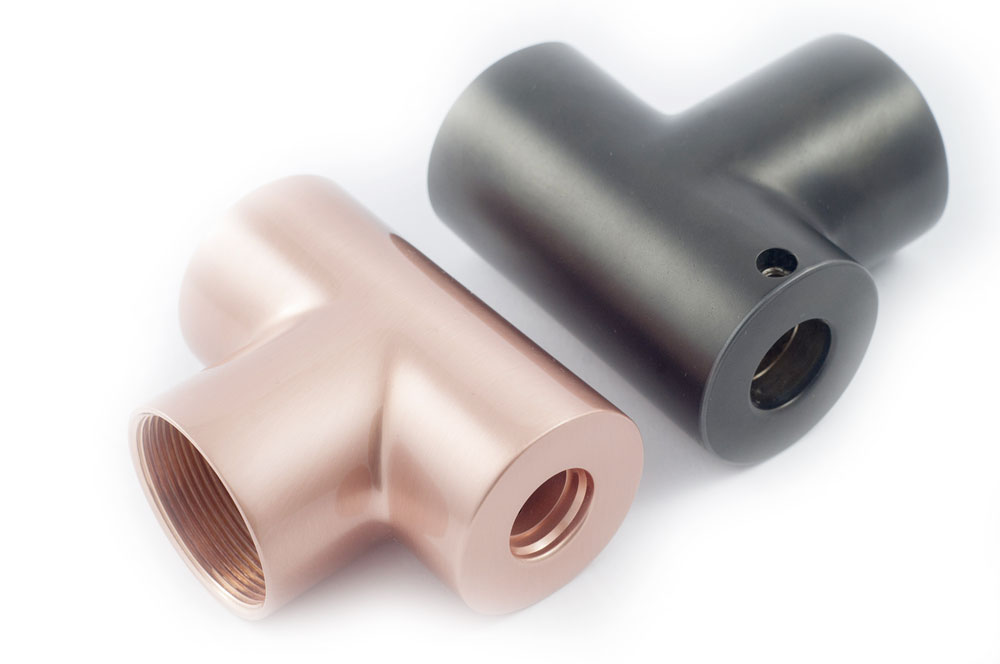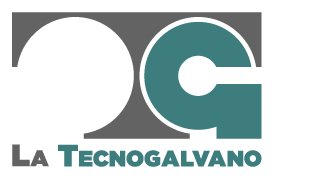| Thickness measurements of galvanic coatings |
Non-destructive X-ray fluorescence method, for the determination of multilayer coatings with a maximum total thickness of 20 - 30 microns.
Coulombmetric destructive method by anodic dissolution by removing a known surface of the analysed report. Used for thick coatings and if it is not possible to work with the X-ray method.
|
- UNI EN ISO 3497
UNI EN ISO 2177 |
| Accelerated salt spray corrosion tests |
Method for determining the corrosion resistance of metallic materials with or without an anti-corrosive coating.
Performed by exposure to neutral salt spray (NSS), acetic acid salt spray (ASS) or copper acetic acid salt spray (CASS).
The test parameters (duration, type of solution, temperature, humidity and others) are described in the specific regulations for the sectors of use.
|
- UNI EN ISO 9227
- UNI EN 248
- ASTM G85
- UNI EN ISO 10289 (method for corrosion assessment)
|
| Adhesion |
Destructive qualitative methods for verifying the adhesion of electrolytic and autocatalytic coatings.
In particular, the test is carried out on thermal stresses on base metals such as ZINC ALLOYS, COPPER AND ITS ALLOYS, ALUMINIUM AND ITS ALLOYS with coatings of CHROMIUM, NICKEL, NICKEL + CHROMIUM, COPPER, TIN NICKEL ALLOY and TIN.
|
- UNI EN ISO 2819
|
| Synthetic sweat |
Test method for the release of nickel from all assemblies that are inserted into pierced parts of the human body (piercings, etc.) and articles destined to come into direct and prolonged contact with the skin (frames for glasses excluded). |
- UNI EN 1811 |
| Release of heavy metals into water intended for human consumption |
Various methods for determining the transfer of heavy metals to products intended for the supply of water and beverages (hot or cold) destined for human consumption.
The standard, type, quantity of samples and parameters analysed are to be agreed with the laboratory.
|
- UNI EN 16889 (coffee machines)
- NKB4 (Northern European test)
- NSF61.9_NSF61.8_NSF61.4 (American test)
- TISI (Thai test)
- 98/83 CE_UBA (German federal republic test)
- AS/NZS 4020 (Australian_New Zealand test)
|
| Global and specific migration |
Method for the determination of global and/or specific migration on manufactured articles intended for contact with food.
|
- Ministerial Decree 174 of 06/04/2004
- REG. CE 1935/2004 of 27/10/2004
- D.M. del 21/03/1973 and updates
|


















